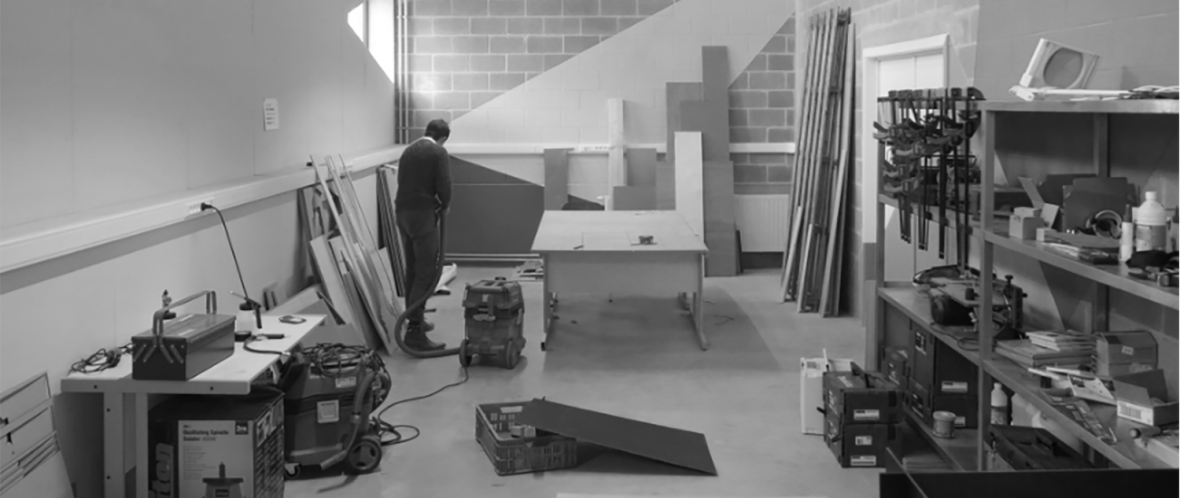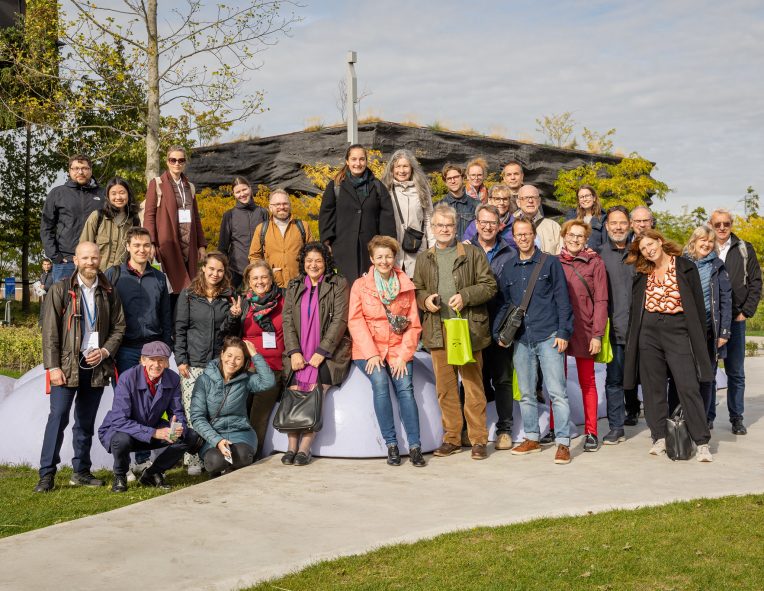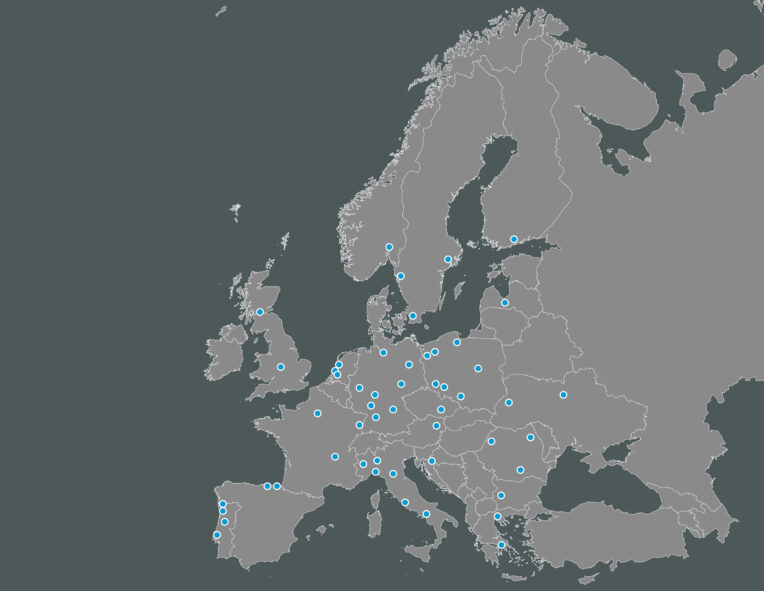13:30-15:30, Online
The METREX Productive Cities Expert Group met in November under the coordination of Adrian Hill to continue its exploration into making space for re-introducing production in cities.
All cities are supported or stimulated by some forms of production. Considering the diversity of interpretation of the topic, the Expert Group has investigated concrete case studies across Europe. With a twofold focus, this online event has looked at the cities of The Hague and Oslo which are witnessing profound redevelopments where expensive real estate and high demand for housing tend to lead the transformation, yet a new commitment from the respective public authorities seek to keep production embedded in the urban fabric, introducing innovative and experimental models to diversify the local economy.
Both presentations involved ambitious plans and emerging critical perspectives on land use regulations and frameworks. They share a similar lack of available space and the need for a new set of mechanisms you need to use to get things moving. However, while Oslo is currently developing the strategic planning level, The Hague is already implementing the political vision.
Public authorities are becoming increasingly aware that the housing is threatening the presence of other functions within the city while subtracting valuable land to create workplaces to accommodate industrial activities, businesses and companies. This forces the public authorities to formulate innovative spatial development models to challenge these trends.
One of the significant aspects that emerged during the discussion is the need for new planning tools and concepts around the place of production, distribution and last-mile logistics system in urban centres. Pressure to maintain the local ‘productive’ economy has focused on compact high quality multi-functional solutions (called stacking) which are combined with improved public space, building design guidelines and governance tools.
With limited space, the challenge is to define what kind of economy to focus on. If left to the market, the result may be large logistic boxes that both reduce the available space for economic diversity and reduce affordable land in the urban areas.
The real question is what the Public sector (local, metro/regional or national) is willing to invest to protect these manufacturing companies within our cities.
The French example presented subsidies aimed at regulating land prices, allowing for companies to establish and secure their production activities. Examples of the “Industrial Hotels” were described in a previous session: https://www.eurometrex.org/events/physical-spaces-for-production-in-urban-areas/
“A policy approach with a long term vision is needed, where there is room for more complex investments, taking into account the long lasting value of historic industrial heritage as much as new urban and architectural interventions bringing spatial quality values” said Jerryt Krombeen from the City of The Hague (with Lingotto and GHG in his mind!). “However the main issue at the moment is that the City doesn’t have the market; we don’t have investors who are interested in long term investments” he concluded.
While Oslo’s perspective focused on two extreme ends of the production chain, namely research and innovation and logistics, it also presented the critical role required by public authorities in supporting and guiding the local economy. Both examples show cities that are rediscovering the crucial role of production-based activities as part of a healthy economic ecosystem, yet are coming to terms with their role as facilitators, developers or drivers of diversified economic development.
Thanks to Ida Søgnen Tveit, urban planner in the City of Oslo, Norway and Jerryt Krombeen, senior urbanist for the Binckhorst, City of The Hague, The Netherlands, for their inspiring contributions!
Read more about the presentations
References
Mercuriuskwartier
https://projecten.denhaag.nl/gebied/ontwikkelingen-binckhorst/mercuriuskwartier/; https://bedrijfsruimte-binckhorst.nl/
Haworth Tompkins unveils “UK’s first multi-storey light-industrial scheme”
https://www.dezeen.com/2023/09/19/haworth-tompkins-industria-multi-storey-industrial-building-london/
East Plus: Progress Through Partnership
https://www.segro.com/countries-repository/united-kingdom/east-plus
Montreuil – French case
https://www.montreuil.fr/vie-citoyenne/la-municipalite/espace-presse/detail/mozinor-laudacieux-et-precurseur-immeuble-industriel-de-montreuil-labellise-architecture-contemporaine-remarquable;
https://mozinormontreuil.fr/



